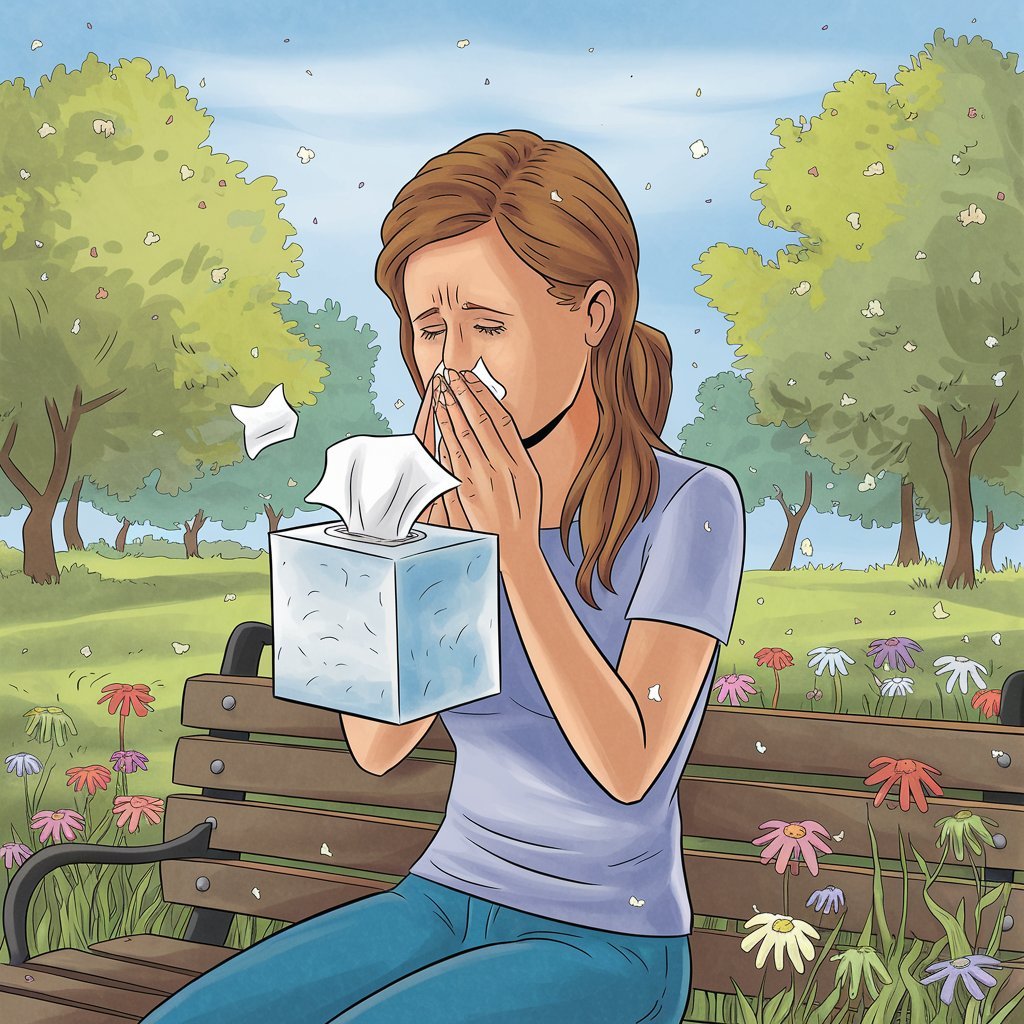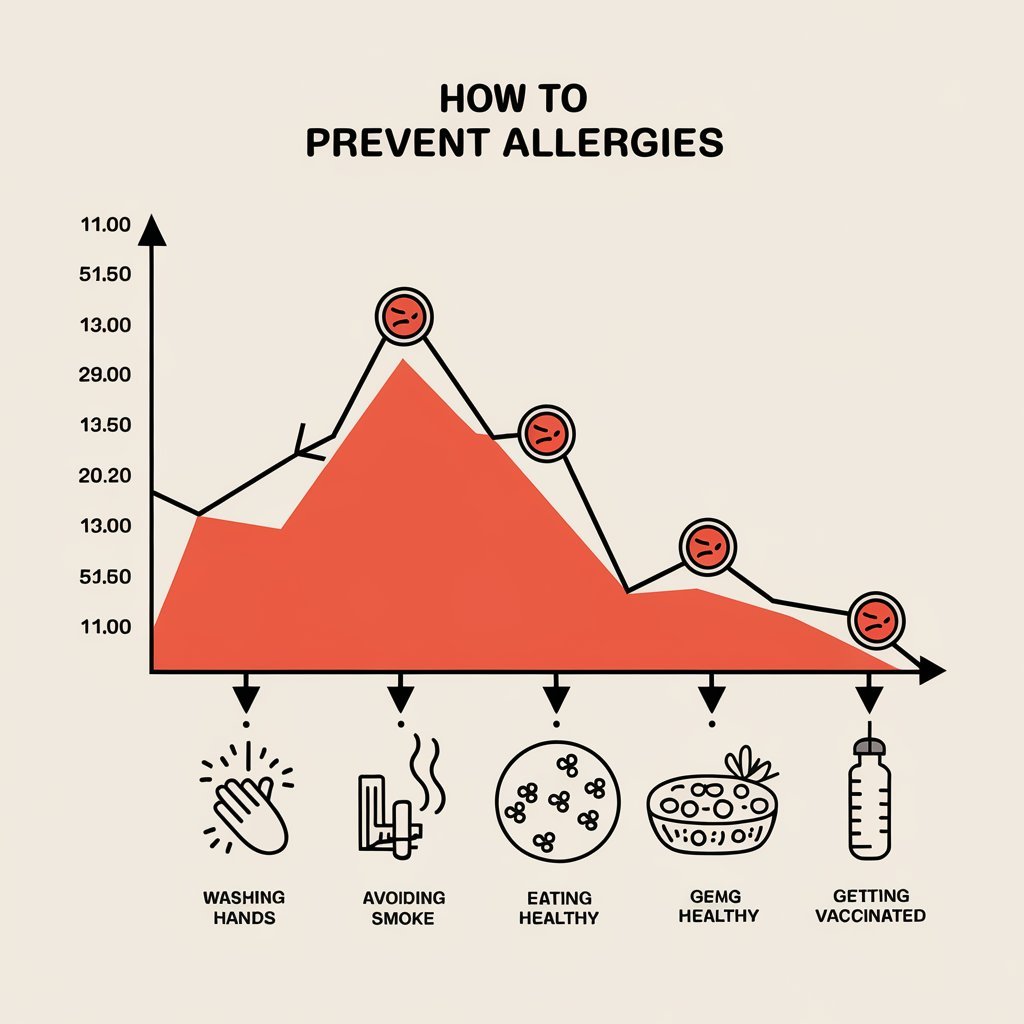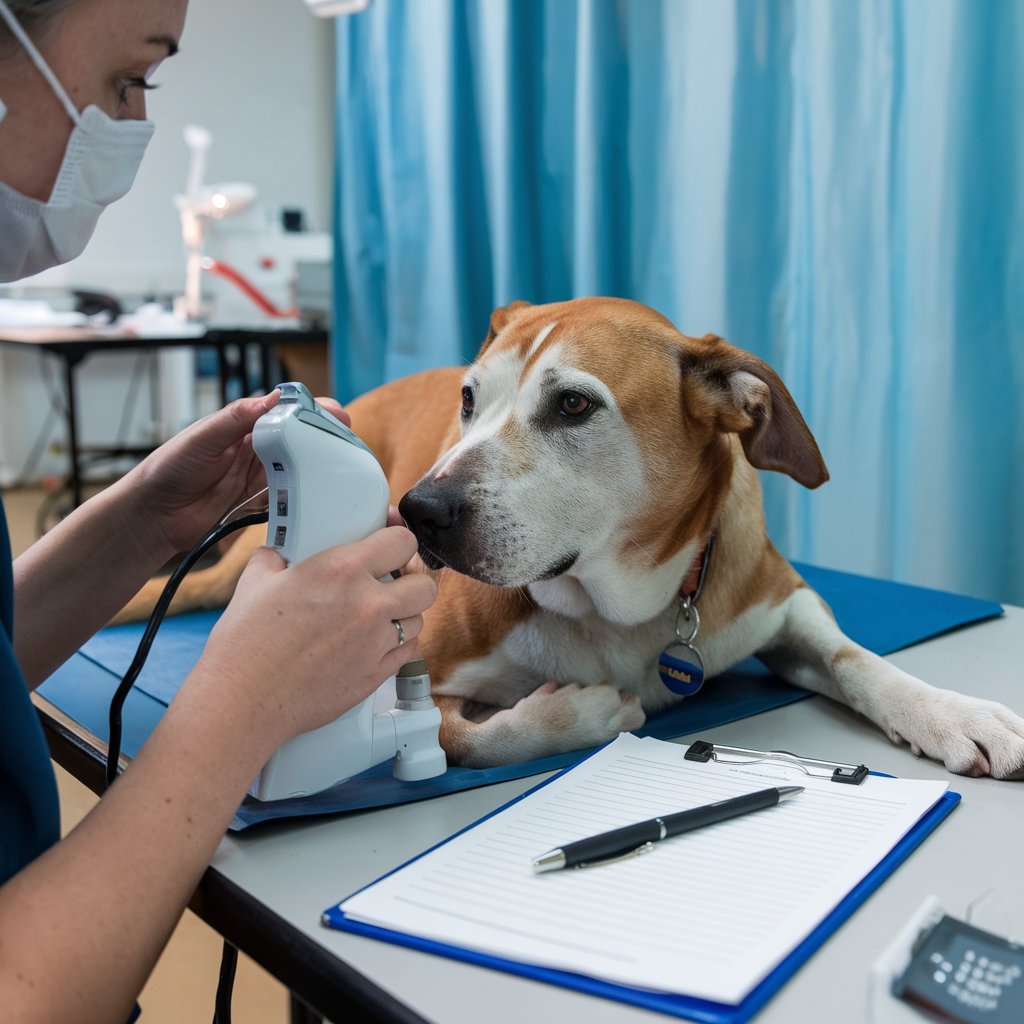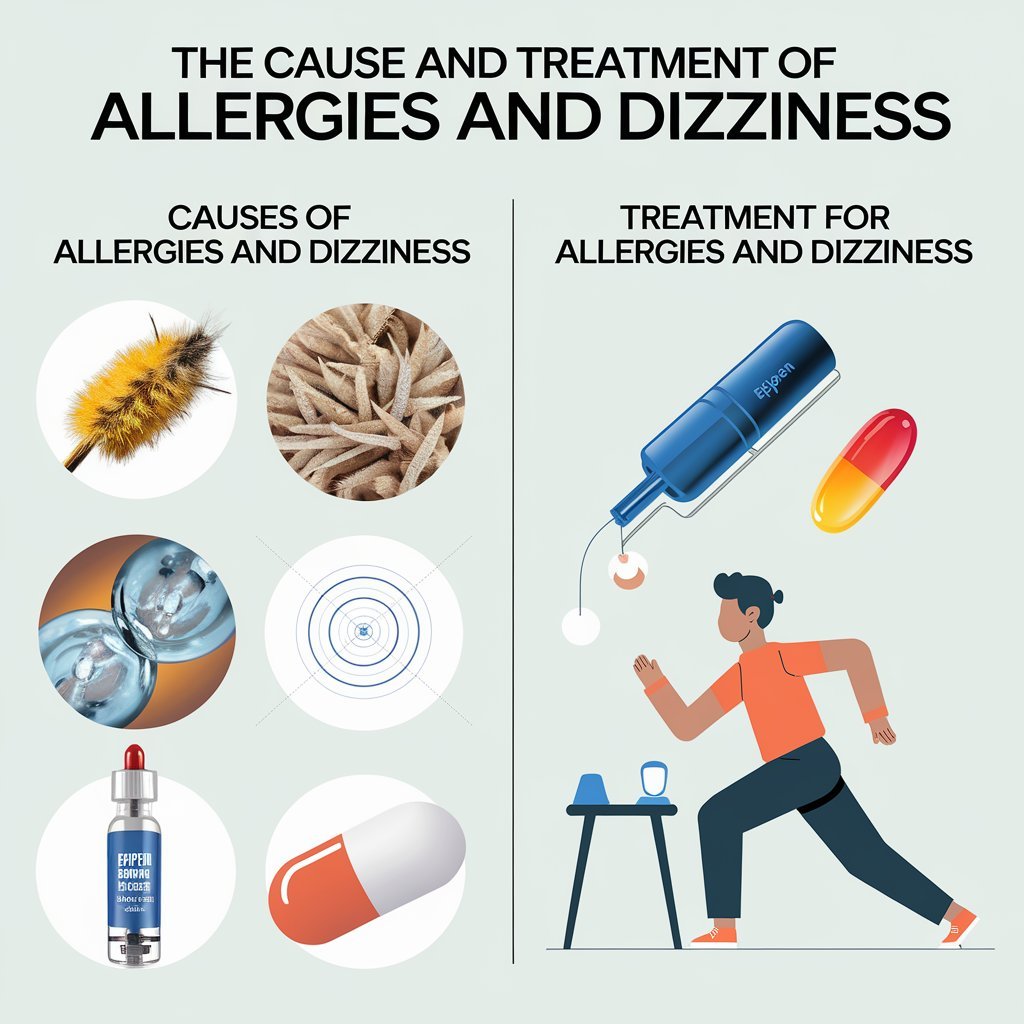Allergies result from the overreaction of the immune system to a foreign substance, termed an allergen, which would otherwise be harmless.1 There is no absolute prevention of allergies, but you can take a few steps that might reduce your chances of acquiring allergies.
The common allergens are pollen, mold, dust mites, and some foods. The immune system considers the allergen as a dangerous substance and starts producing antibodies to fight it. These antibodies trigger the release of histamines, which cause symptoms of allergy, such as sneezing, running nose, and itching.

Taking steps to prevent allergic reactions and reduce symptoms can help improve your quality of life. Read on to learn ways to prevent allergies.
Who Is Most at Risk?
Allergies are a common condition that affects people of all ages and backgrounds. More than 50 million Americans have allergies, making it the sixth leading cause of chronic illness in the United States.
Some risk factors increase the risk of developing allergies, such as:
- Age: Allergies can develop at any age but are more likely to develop at a certain age. Most people with seasonal allergies, also known as hay fever, will develop them before age 20. Food allergies are most common in infants and children but can begin at any age.
- Antibiotics: Some early exposure to antibiotics may increase susceptibility to allergies, and avoiding their use when unnecessary may reduce such risk.
- Ethnicity: Some racial groups are more prone to developing allergies than others. Black and Hispanic children are more likely to have food allergies than White children. Hay fever is more common in Native American and White adults than in Black and Hispanic adults.
- Family history: You are more likely to develop allergies if you have family members with allergies.
- Geography: Allergies are more common in urban areas and developed countries. This could be due to increased exposure to allergens and pollutants in these areas and differences in diet and lifestyle.
- Sex: Research has shown that females are more likely to develop allergies than males. Sex hormones, such as estrogen, have been linked to an increased risk.
Genetics
Genetics may be one factor in the cause of allergies. There is a little evidence showing that allergies may be inherited.
Variations in the gene that encodes for the protein filaggrin have been associated with a higher risk of eczema, hay fever, and food allergies.1Filaggrin is a protein that is critical to the skin’s function as a barrier. Variations in the gene that encodes for the protein TSLP (produced by some immune cells) also can increase the risk of seasonal allergies and asthma.

Genetics plays a part in developing an allergy, though having a family history of allergy does not guarantee one will develop allergies. Environmental factors also contribute. Avoiding a known allergen or pollutant may help one avoid allergies if they have a family history.
How To Reduce Risk
Allergies are not always preventable. You can still do some things to help lower your risk of developing an allergy.
Allergy Testing
Ask a healthcare provider for a referral to see an allergist if you suspect you have allergies or are at risk of developing them. Allergists are health professionals who are specifically trained to diagnose and treat allergies and asthma. An allergist may recommend allergy tests to assess your risk.
- Blood test: A blood test known as the RAST or ImmunoCAP test measures the level of immunoglobin antibodies (IgE) in the blood, which occurs in response to specific allergens. This test is helpful for people who may not respond well to a skin test, such as those with eczema.
- Oral food challenge test: This test is usually employed to confirm a diagnosis of food allergy. It is performed by giving small amounts of the suspected allergen and gradually increasing the amount to see if symptoms develop.
- Patch test: The test is used to apply a small amount of an allergen to a patch on the skin for 48 hours. It diagnoses contact allergies leading to a rash on the skin, which may be allergic to a chemical or metal substance.
- Skin prick test: This is a test where a small amount of an allergen is placed on the skin and then pricked with a needle. If you are allergic to the allergen, a raised bump (wheal) will appear at the site of the prick. This test can identify pollen, mold, pet dander, and certain food allergies.
Most side effects from allergy testing are mild. For example, some people develop redness, itching, or swelling at the test site, which are often temporary and treated with antihistamines, if necessary.
Some evidence indicates that early exposure to certain allergens may prevent the development of food allergies. Parents and caregivers of young children may be advised to introduce a variety of foods to a growing infant to help prevent food allergies. Introducing peanuts to infants aged 4 to 11 months has shown the risk of a peanut allergy

Trigger Avoidance
If you know what you are allergic to or if your parents or siblings have particular allergies, then you can decrease your risk of developing an allergy by avoiding allergens. If you are predisposed to be allergic to pollen, you could minimize your exposure to pollen by staying indoors at peak pollen times, closing windows, and wearing a mask when outside.
Keep Your Home Environment Clean
Dust, pet dander, and mold are just a few allergens that can accumulate in the home. Keeping the environment clean can reduce exposure to allergens.
There are several ways to keep your home as allergy-free as possible, including:
- Do not allow pets to sit on furniture such as your sofa or bed
- Dust and vacuum at least once a week
- Maintain humidity in your home below 50%
- Quit smoking and avoid secondhand smoke exposure
- Use allergen-proof bedding covers
- Wash bedding in hot water and put it through a hot dryer at least once a week
Breastfeeding
Breastfeeding may reduce the risk of allergies and eczema in breastfed children, but more research is needed. Researchers are not sure of the impact of breastfeeding on allergy prevention or the mechanisms behind its impact on allergy development.
Breastfed infants have a lower risk of developing respiratory and other infections. Breastfeeding seems to have a protective effect that helps lower the risk of many diseases later in life.
Immunotherapy
Allergen immunotherapy is the exposure of a small amount of an allergen to increase the tolerance gradually and eliminate allergic reactions. It is a long-term treatment in which shots or sublingual tablets are given to reduce or eliminate allergies. Immunotherapy is usually recommended for people with existing allergies.
Shots begin weekly and then eventually become monthly for three to five years. Sublingual tablets are taken daily as long as you’re on that therapy.
Probiotics
Probiotics are living, beneficial bacteria and yeast, which may help promote health. Yogurt, kefir, and fermented foods, such as sauerkraut or pickles, are good sources of probiotics. They can also be found in dietary supplement form.
Research indicates that probiotics also reduce infant atopic dermatitis, popularly known as eczema. These live healthy gut bacteria and yeast have an effect if consumed by a pregnant woman during her third trimester of pregnancy as well as maintained in the infancy stage for its effect to be registered in the infants after three to six months of living.
Discuss with your healthcare provider
Discuss your concerns over developing allergies with a healthcare provider and ask about preventive measures that you can undertake. Always have a discussion over major lifestyle or medical changes with a healthcare provider.
If you have allergy symptoms, it would be worth going to see an allergist. Skin testing can also change with time, and you may have to redo this as you grow older.
A Quick Review
There is no surefire way to prevent allergies, but some methods and lifestyle habits have been proven to minimize the risks. These include early exposure to allergens such as eating a variety of foods in infancy, avoiding known allergens, keeping your home environment clean, breastfeeding, and allergen-specific immunotherapy. Consult with an allergist or immunologist to develop a plan custom tailored to your needs to prevent or manage allergies.




